In the vast waters of the South Pacific Ocean, an island country sits undetected. Consisting of 15 islands and atolls and a humble population of 18,000, the Cook Islands is an off-the-radar sanctuary. While the locals are hospitable and generous and the culture is rich, the rugged beauty of the islands remains untouched. Read on for a crash course on this hidden gem.
The Basics
Background
The 15 islands that make up the Cook Islands are divided into North and South groups. Manihiki, Nassau — not to be confused with the capital of the Bahamas — Penrhyn, Pukapuka, Rakahanga and Suwarrow make up the North while Aitutaki, Atiu, Mangala, Manuae, Mauke, Mitiaro, Palmerston, Takutea and Rarotonga are associated with the South. Rarotonga is the largest island and home to the capital, Avarua.
While the Northern islands are the older of the two groups, most Cook Islanders live in the South. There are five languages spoken across the islands, but English and Cook Island Maori are the official languages. The Cook Islands do have a political tie to New Zealand; however, they are self-governing.
Getting There
Considering the islands’ rather remote location, visitors should be forewarned about flight availability. Direct flights from Auckland, Tahiti and Sydney are available as are non-stop flights from Honolulu. All travelers will arrive at Rarotonga International Airport.
Weather
Boasting a tropical climate, the Cook Islands are warm and sunny year-round. Its watery location does mean that the islands see frequent rainfall, though April through November is considered the dry season. Depending on the time of year, high temperatures average around 77 to 86 degrees Fahrenheit while a low temp can range from 68 to 77 degrees Fahrenheit. Many travelers recommend the shoulder months of April, May, September and October to visit.
Speaking of traveler recommendations, Rarotonga and Aitutaki are the two more popular islands for visitors, so take a peek at some of the activities offered on each island.
Rarotonga
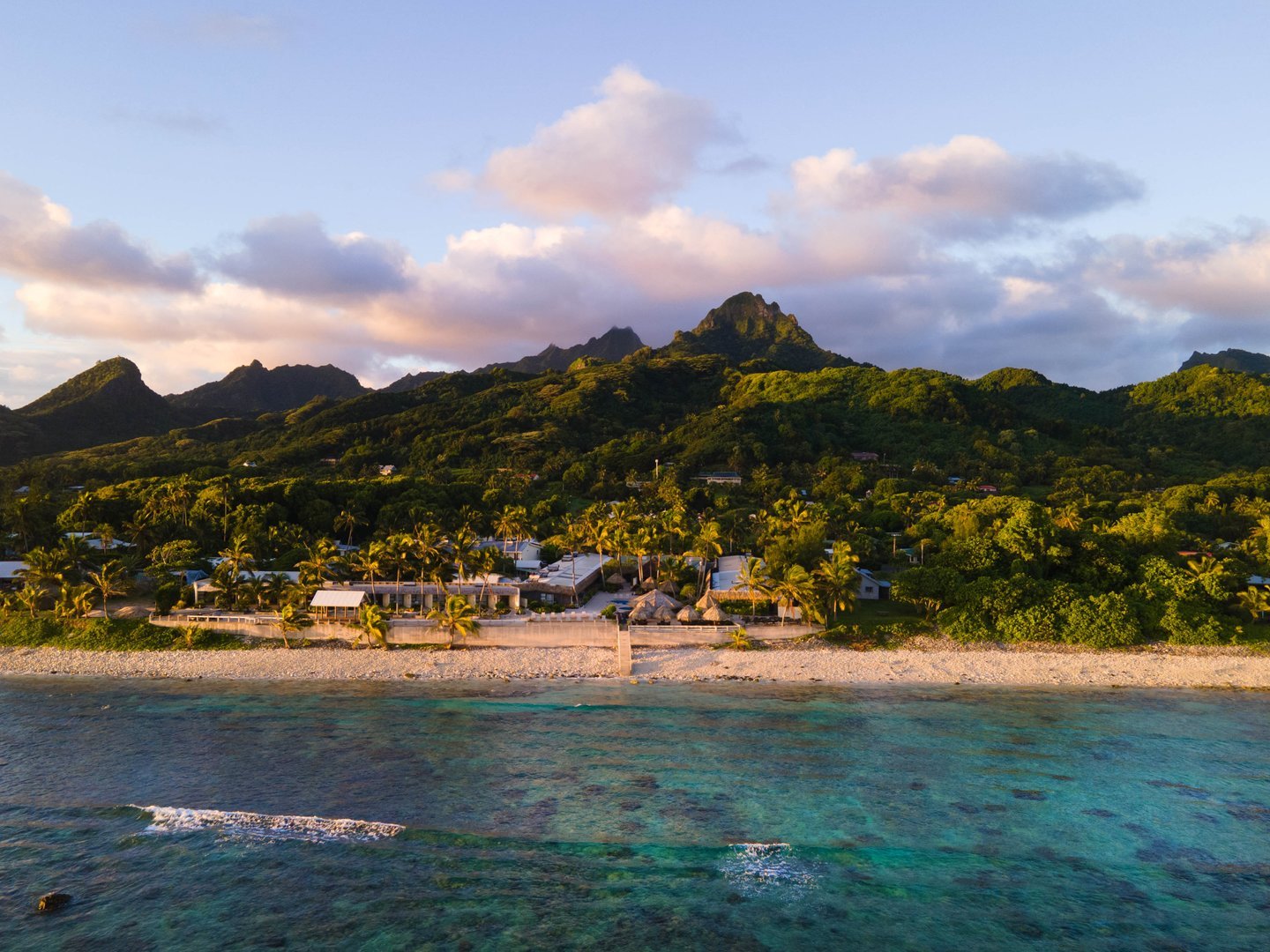
Before embarking on cultural adventures around the island, it’s important to learn the history of the local people first and garner an appreciation for their customs. The Cook Islands Library and Museum located in Avarua is a great place to start. Here, visitors have the opportunity to learn about the first settlers from 1500 B.C. and their trials and tribulations, up until their declaration of self-government in 1965. Artifacts housed include Polynesian cookware, musical instruments and weapons. There’s even a tivaivai, a traditional Cook Islands quilt, hanging on display. The impressive needlework depicts a canoe gliding over waves.
Staying in the Avarua area, the Punanga Nui Market is beloved for its blend of delicious offerings and cultural homage. Fresh fruits and vegetables, handmade clothing, souvenirs, wood carvings and art line the streets while local children perform traditional Polynesian songs and dances on the main stage, complete with their native costumes.
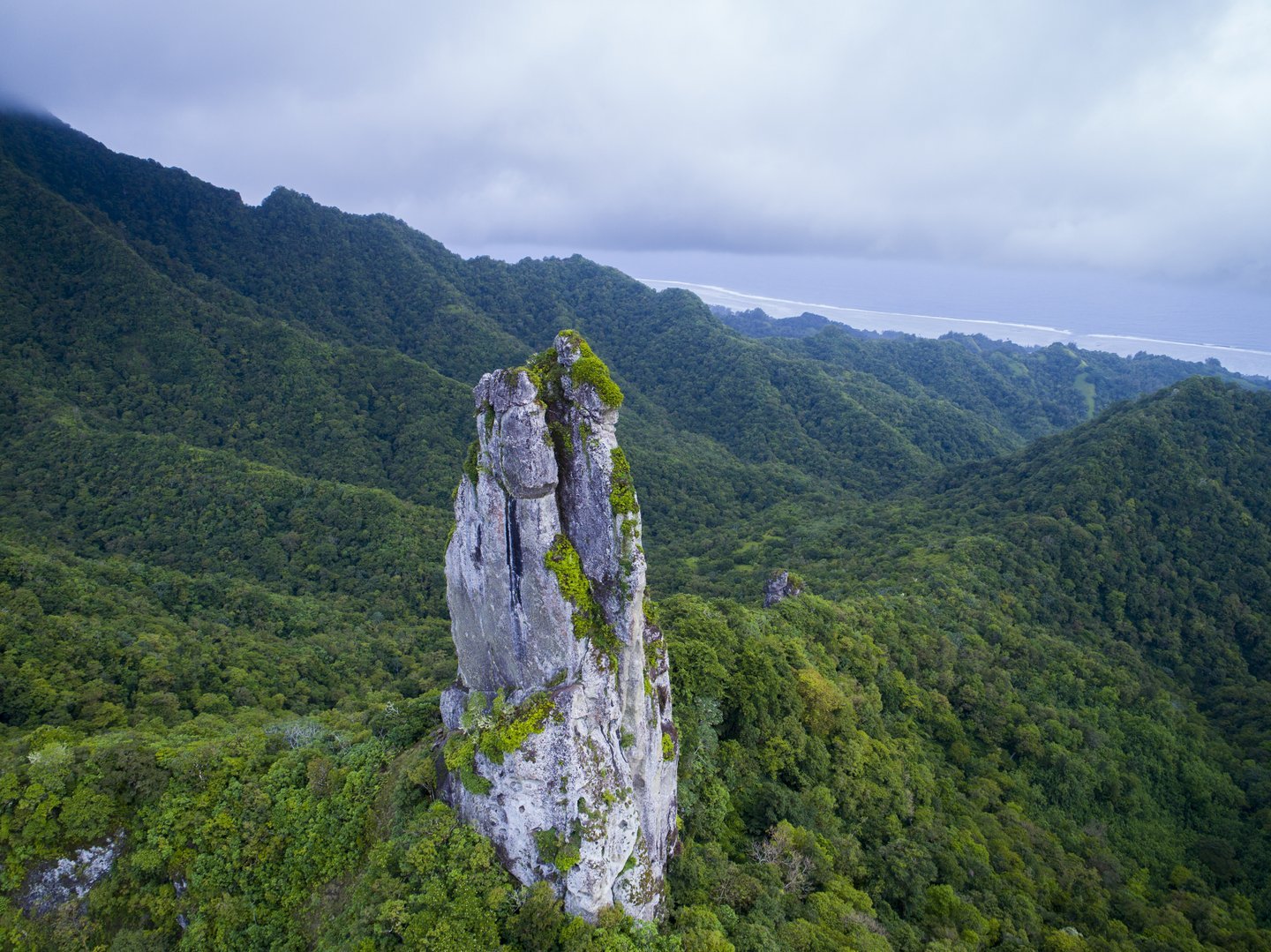
For the outdoor adventurers, experience all that Rarotonga has to offer on the Cross Island Trek, a four-hour hike beginning in Avarua. After winding through extensive rainforests, travelers reach Te Rua Manga (The Needle), a volcanic rock in the center of the island offering panoramic views of the city below. The adventure doesn’t end here, but at Papua (Wigmore’s) Waterfall, where the crashing water is surrounded by striking emerald foliage.
Travelers who prefer to swim the miles instead of hiking them should consider a snorkeling trip over to the shipwreck of Matai. A cargo ship wrecked in 1916, the remnants have become fused with the sea floor over the years, providing a spectacular view of the coral and schools of tropical fish that linger nearby.
This is an island of beauty after all so remember to take some time to relax on the white-sand beaches, bask in the sun and embrace the spectacular views.
Aitutaki
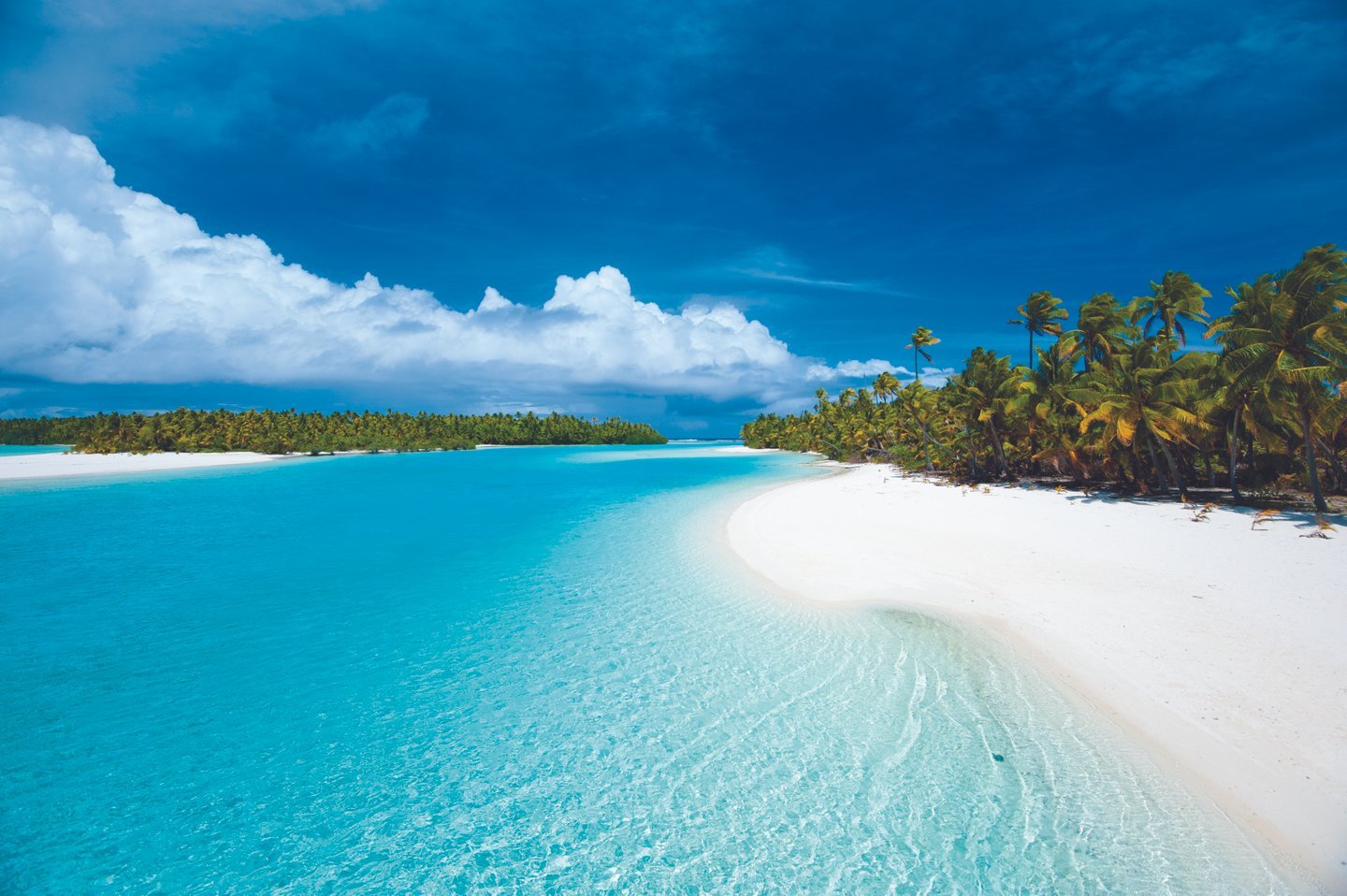
Offering a similar type of vibe to Rarotonga, Aitutaki is like a deep breath of fresh air. Kick back and relax at Aitutaki’s Lagoon, famed for being one of the most beautiful in the world. With cyan waters lapping gently against the white sand shores and motu (small islets) dotting the horizon, it’s easy to see why. A lagoon tour may be on a traveler’s radar as it provides a more intimate exploration of the area. Visitors are able to picnic on the distant motu, swim with tropical fish and snorkel over the wreck of the Alexander, a cargo freighter from the 1930s.
Aitutaki’s most visited motu is also in this lagoon, and it certainly has its quirks. Tapuaetai, or One Foot Island, isn’t large by any means as visitors could walk its entirety in roughly 20 minutes. The best part, however, is that Tapuaetai has its own post office, and travelers who bring their passports along can even get them stamped here.
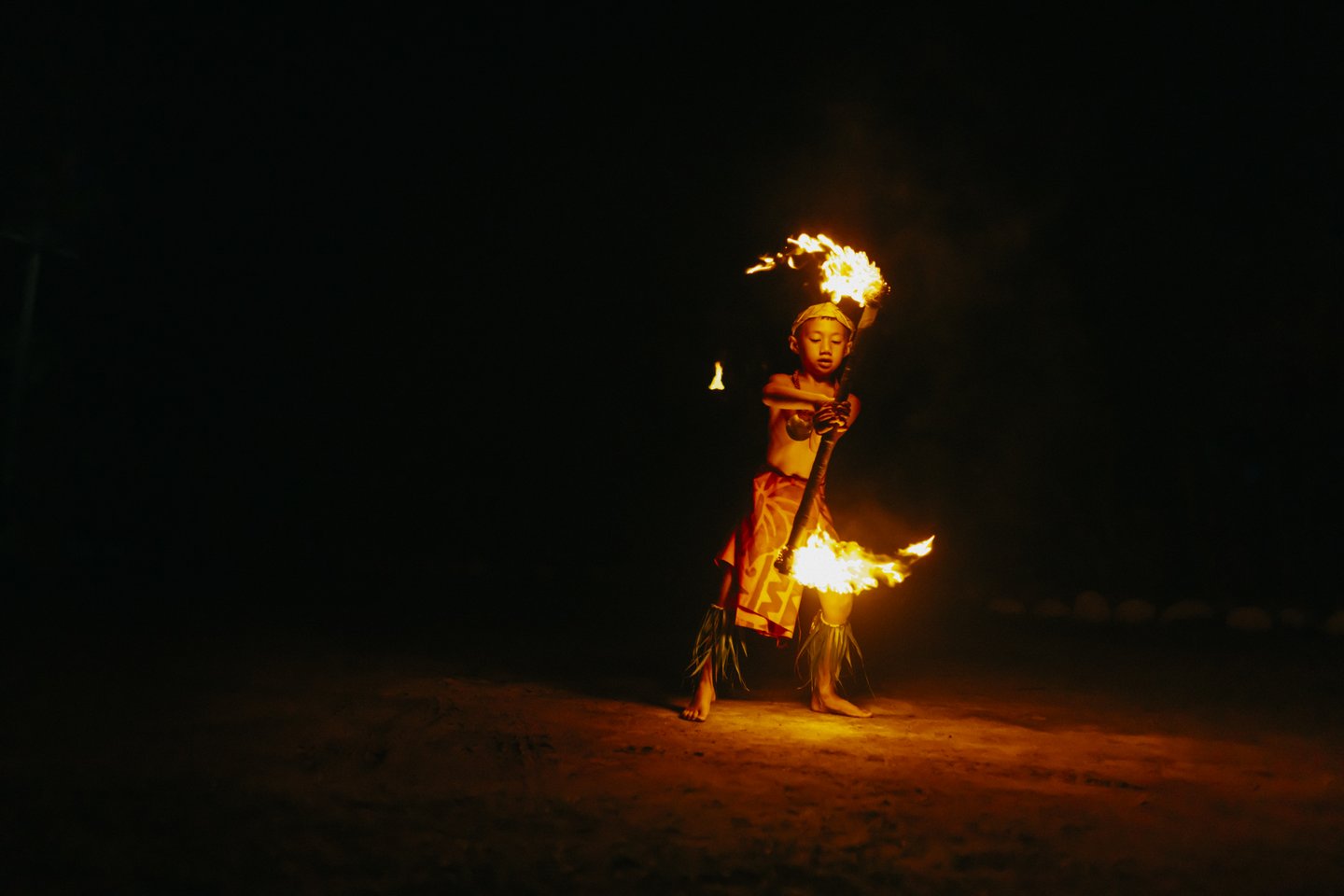
Don’t forget to add Island Night at Tamanu Beach to those itineraries! It’s a fantastic opportunity to learn more about Aitutaki and Polynesian culture as locals play music, perform dances and share their feast made of traditional cuisine with all who attend. It doesn’t get any more authentic than that! Finish off a trip to Aitutaki by hiking up Maunga Pu Peak, the highest point on the island. The views of the sparkling blue water coupled with the quiet atmosphere are hard to beat.
Local Cuisine
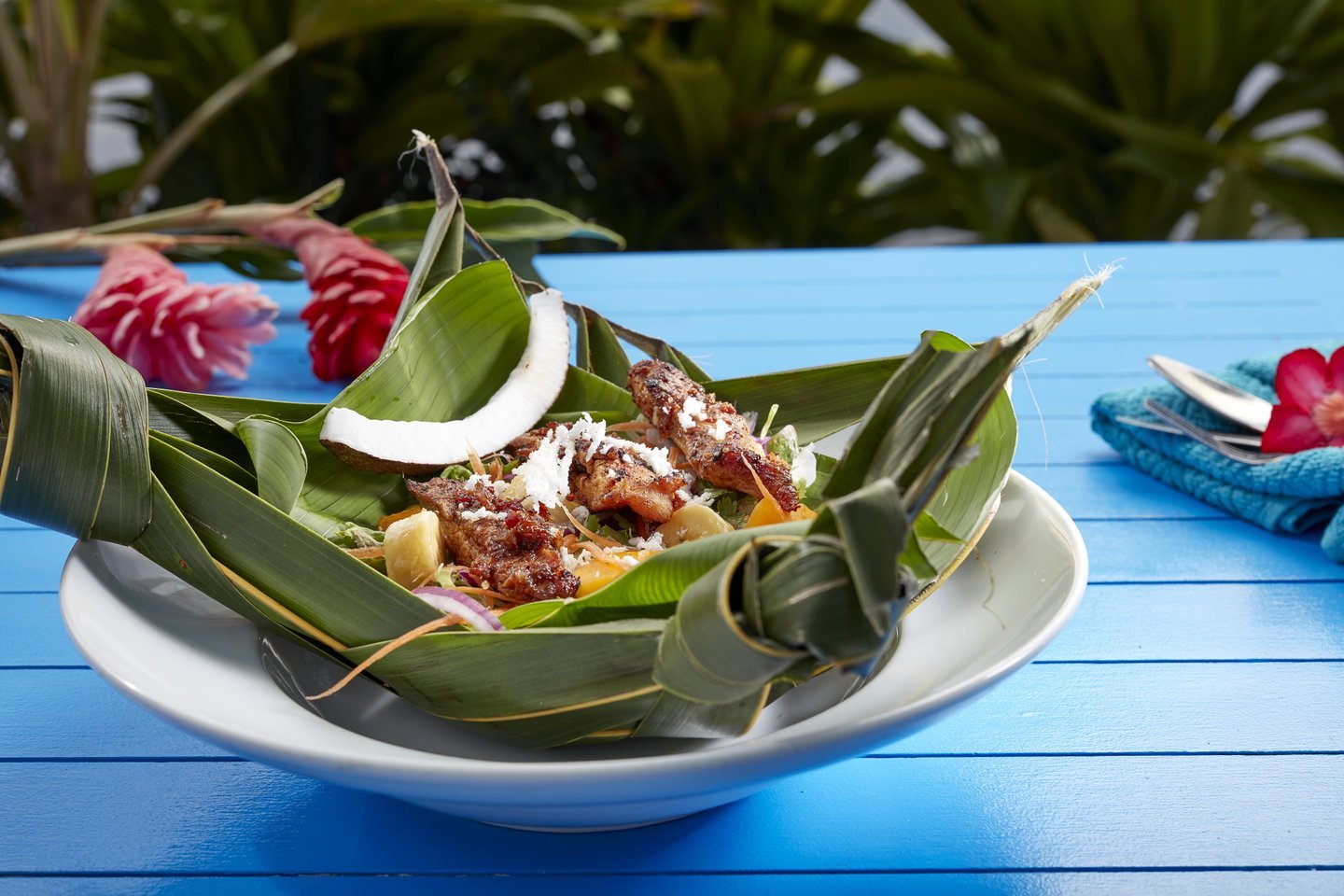
It’s no secret that the key to truly experiencing all that a destination has to offer is through local cuisine. Cook Islanders rely heavily on fresh produce and seafood so visitors should come ready to taste the rich flavors of natural ingredients. Here are some of the more popular dishes to keep an eye out for:
- Rori – Sea cucumber served raw or cooked, seasoned with butter, garlic and spices.
- Ika – Raw fish marinated in lemon juice, or sometimes a vinegar, oil and salt mixture. Served with onions and coconut cream.
- Rukau – Coconut cream, onions, salt and taro leaves mashed together.
- Umukai – A traditional feast for special occasions. Meat, ika and vegetables are wrapped in banana leaves and left to slowly cook in an umu, or an oven that’s been dug out of the earth.
To learn more about the Cook Islands, contact a travel advisor or visit cookislands.travel/us.


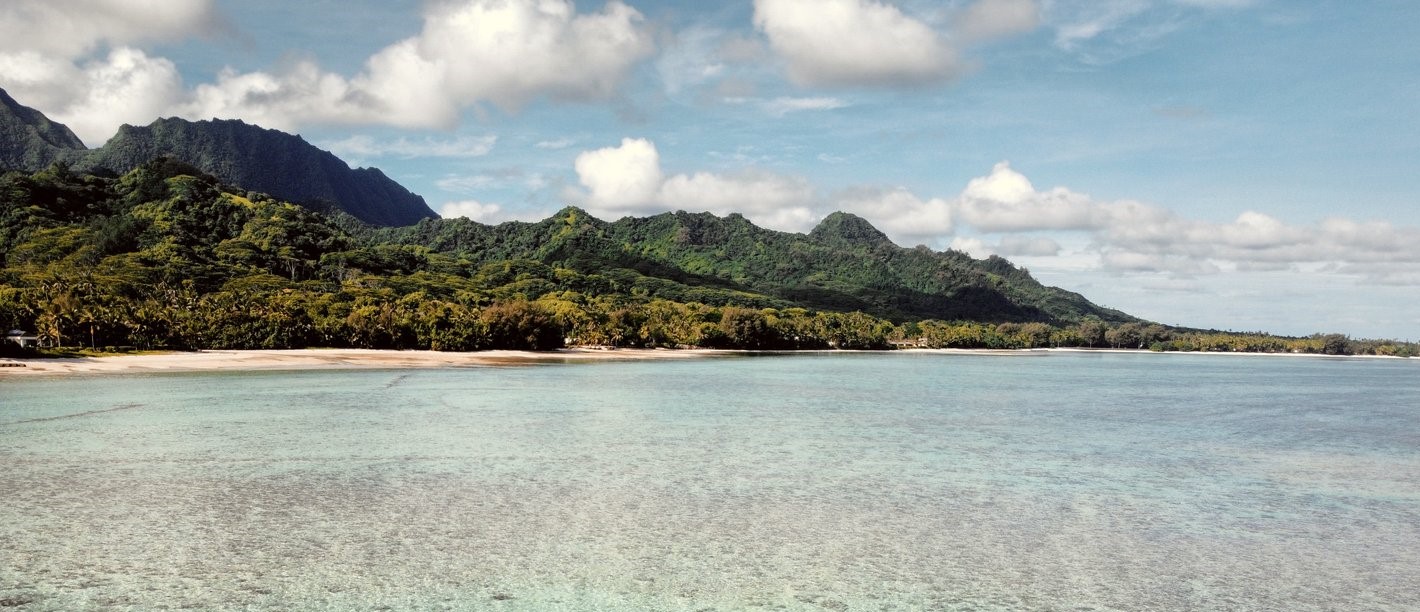

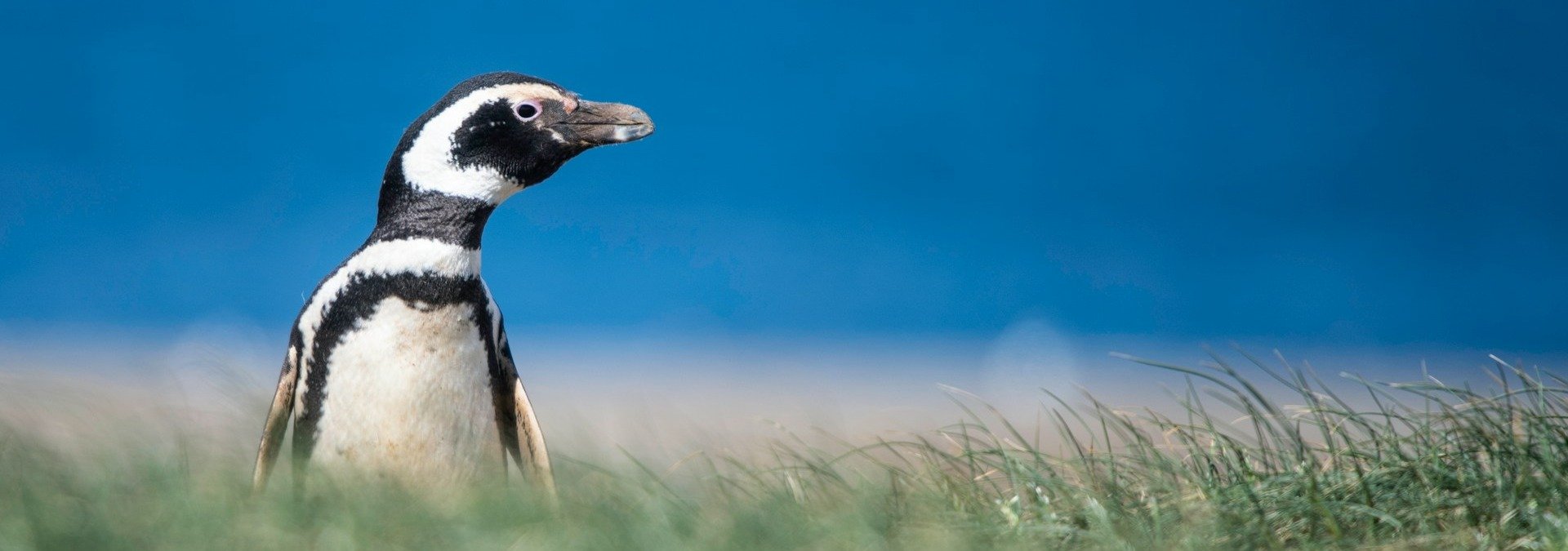
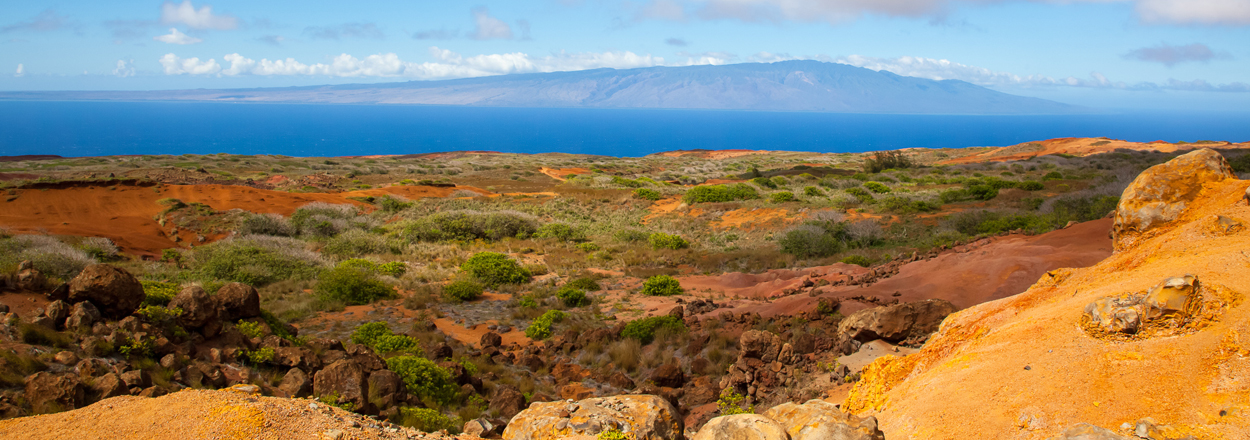
comments